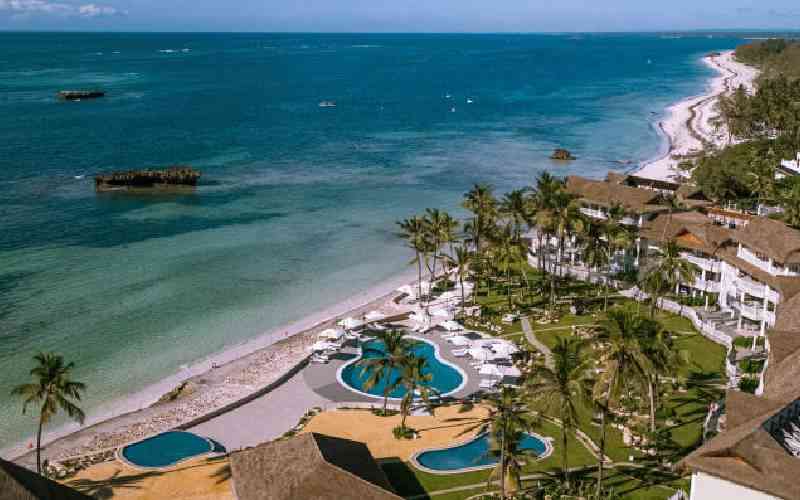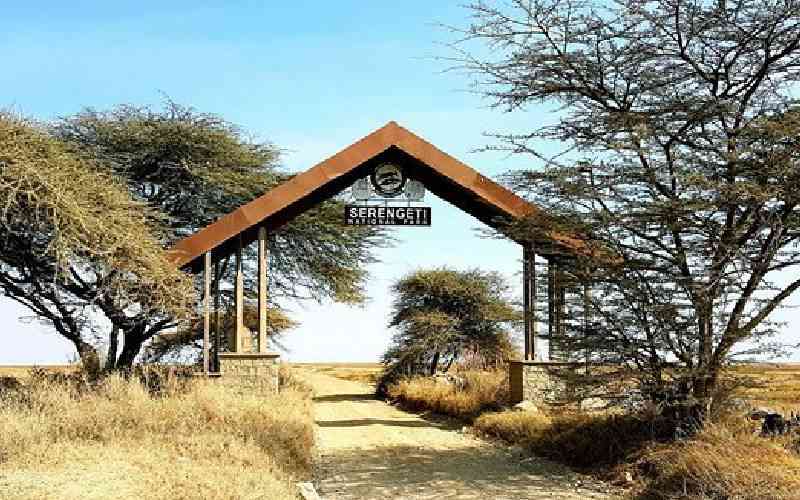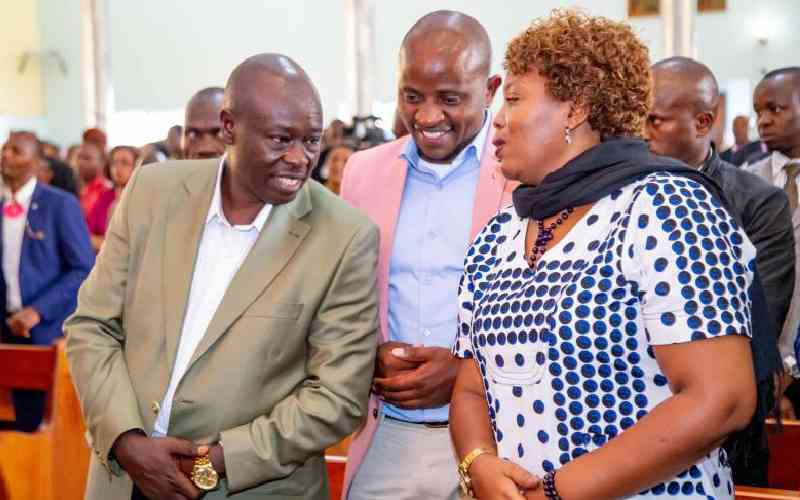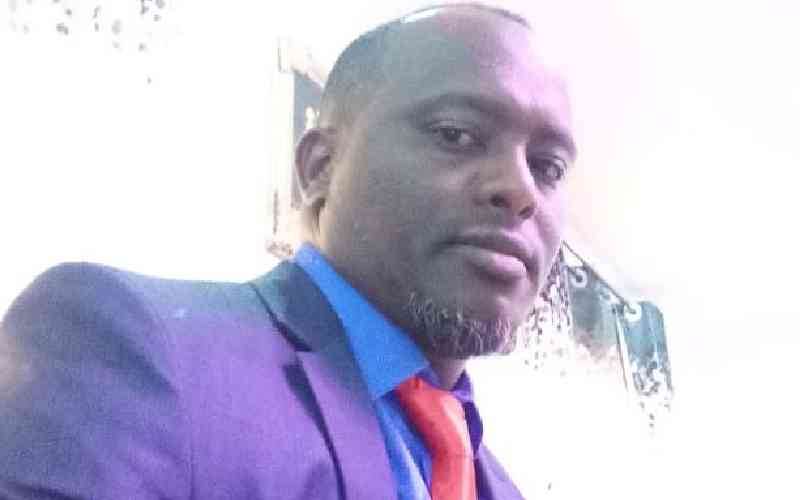BY KIPCHUMBA KEMEI
Many visitors to the Masai Mara do not know how it came into being. Most do not care!
But the fact is that the Mara is a donation of the Maasai people to wild animals and the environment.
It initially comprised individual and community farms.
The persistent human-wildlife conflict and the need to boost the community’s incomes, early Maasai leaders saw the need of setting aside some 59, 000 square kilometers of land, forcing the inhabitants to leave and look for land elsewhere.
“The leaders had a vision. They saw the need of separating wild animals, which were taking their toll on their subjects’ lives and livestock to set up a venture which would in the long run benefit them,” says William Yeile, a former Narok county council chairman.
Mr Yeile says people who were once the inhabitants of the park were shown the need to abandon the land and had they not agreed there would have been no Mara, which receives more than 2 million tourists annually.
The surrendered land, he adds, was taken by Narok county council and held in trust for the whole community to ensure that it was not grabbed in future.
And to discourage members of the community in group ranches bordering the parks from interfering with their parcels of land like engaging in other ventures that were detrimental to tourism, the council set aside 19 per cent of the total annual revenue collection for them.
“The council gave the money to them as an incentive to enable them to appreciate tourism. It also gave the money in cognisance of the fact that they bear the brunt of the human-wildlife conflict.
At least thirty people are killed and a bigger number injured or maimed in the raging conflict every year. The community cattle also contract deadly diseases from wildlife.
The Purko Maasai clan families which moved to other parts of Narok and Trans Mara to pave way for the reserve, the former chairman says, have no regrets because the facility is now benefiting the community inside and outside the county.
Curse ceremony
“The revenue accrued from tourism now goes a long way towards educating the community’s children, pay for the locals’ hospital bills and other needs,” he adds.
Before the inhabitants left, he says, a curse ceremony was conducted to commit leaders and the reserve managers not to steal tourism money because it was aimed at benefiting the whole community. “The curse is still binding because all those who have used tourism money to enrich themselves have either died or are living in misery with their children suffering and the wealth gone,” says Yeile.
Erisha Kuluo, a large scale wheat farmer in the Mau zone says his grandfather was among the people who relocated from Mara to the region that is now the biggest producer of wheat in Narok. “They sacrificed productive land in the Mara for the sake of the community and the rest of Kenyans. It is sad that successive governments did not appreciate the sacrifice by recognising them,” says Kuluo, who adds that even in the absence of recognition they are still the community heroes.
“It is sad that communities which set aside tourist establishments in the country are still wallowing in poverty, unable to make ends meet. It is time the Government and county councils ensured that bigger percentages of the annual tourism revenue are ploughed back to them,” says Sammy Nkoitoi, the chairman of Siana Conservancy near Mara, adding:
“These areas have been neglected yet they contribute more than a half of tourism revenue. How do you explain that people even die of snake bites?,” he wonders.
Heritage minister William ole Ntimama who was at one time the chairman of Narok county council salutes members of his community who set aside the Mara, saying even though they are gone they are still community heroes.
“It is time the Government respected them by increasing tourism revenue returns to all the communities neighbouring National Parks and Game Reserves,” says the vocal Narok North MP who has been in the forefront in championing for his community’s land rights.
Project
Narok County Council chairman Joseph Nkadado says the civic body will initiate development projects that are aimed at fighting poverty in the Mara, adding that all wards in both Narok North and South are now benefiting from the 19 per cent that was set aside for people neighbouring the reserve.
 The Standard Group Plc is a
multi-media organization with investments in media platforms spanning newspaper
print operations, television, radio broadcasting, digital and online services. The
Standard Group is recognized as a leading multi-media house in Kenya with a key
influence in matters of national and international interest.
The Standard Group Plc is a
multi-media organization with investments in media platforms spanning newspaper
print operations, television, radio broadcasting, digital and online services. The
Standard Group is recognized as a leading multi-media house in Kenya with a key
influence in matters of national and international interest.
 The Standard Group Plc is a
multi-media organization with investments in media platforms spanning newspaper
print operations, television, radio broadcasting, digital and online services. The
Standard Group is recognized as a leading multi-media house in Kenya with a key
influence in matters of national and international interest.
The Standard Group Plc is a
multi-media organization with investments in media platforms spanning newspaper
print operations, television, radio broadcasting, digital and online services. The
Standard Group is recognized as a leading multi-media house in Kenya with a key
influence in matters of national and international interest.








